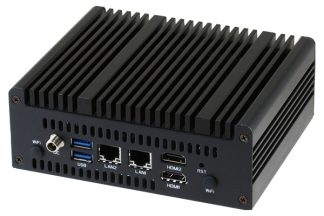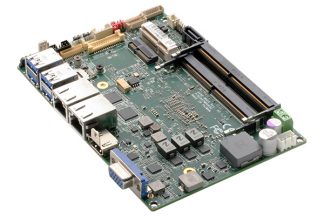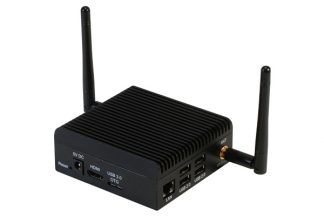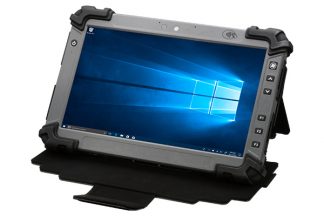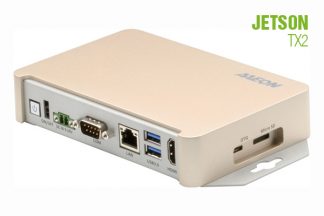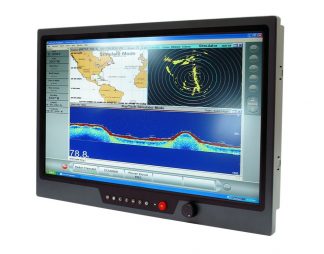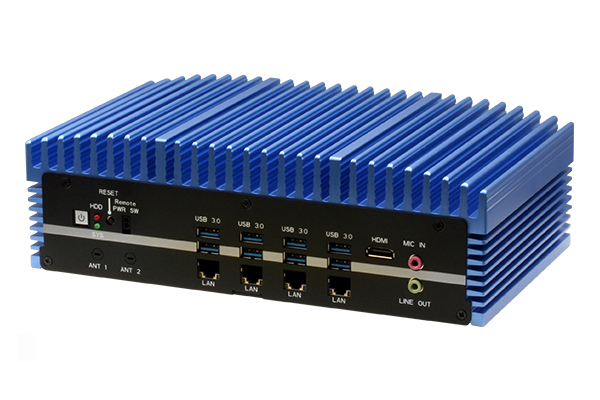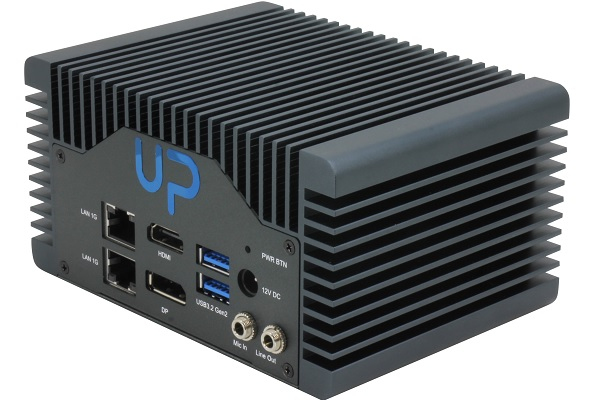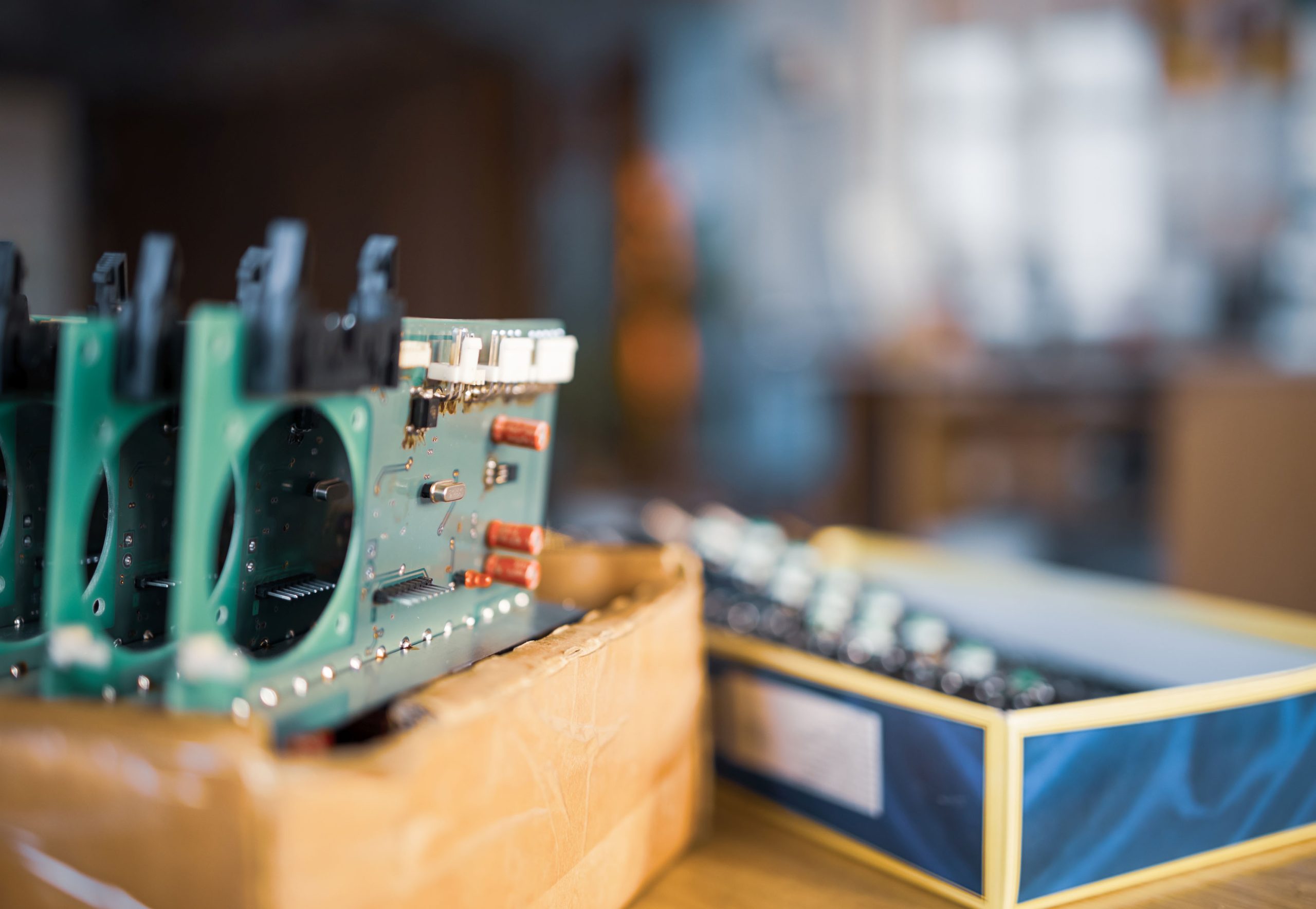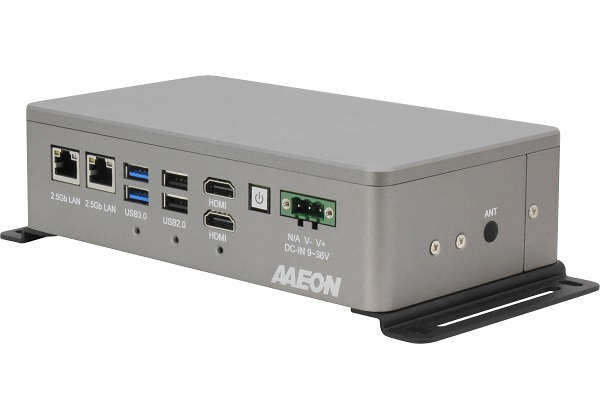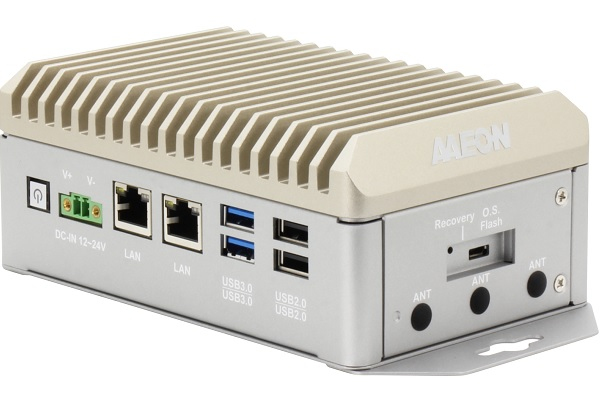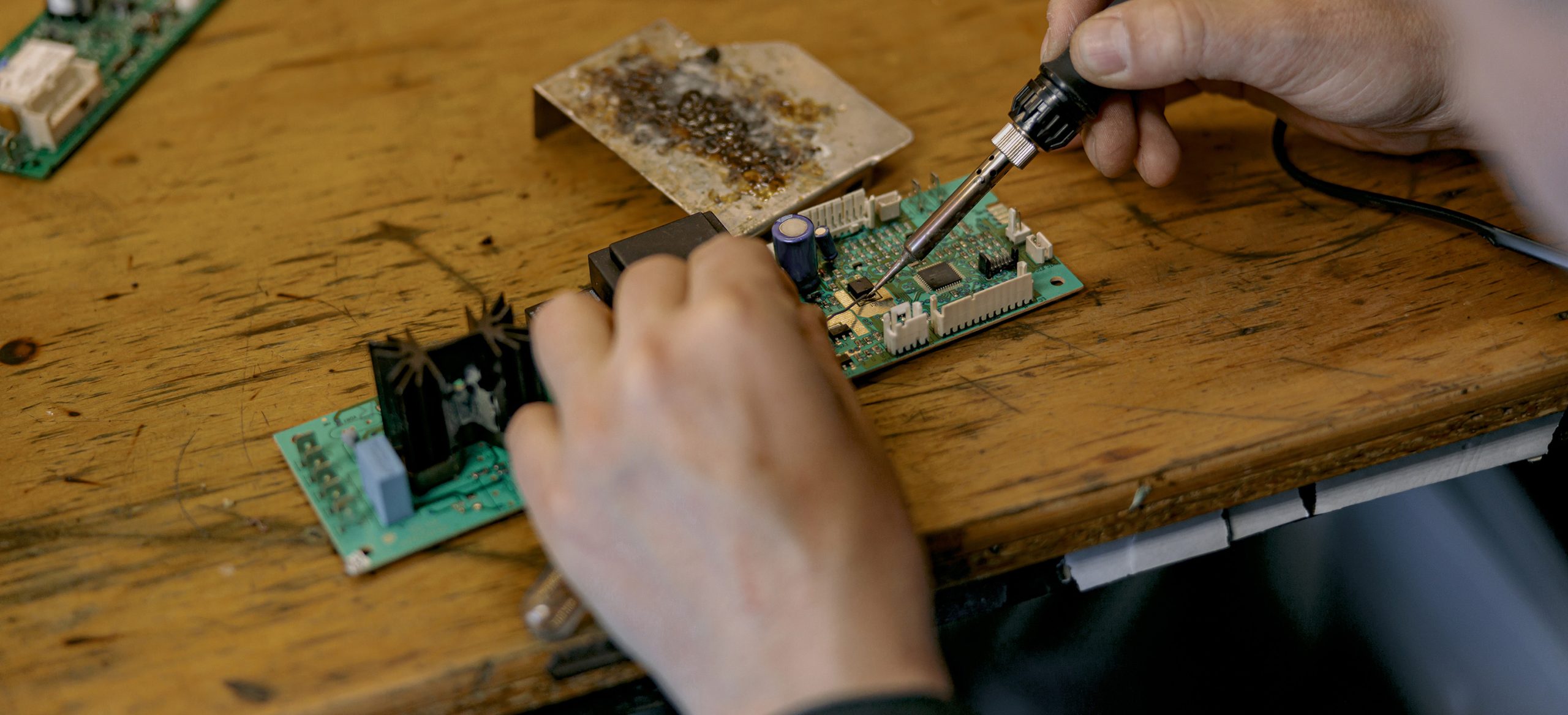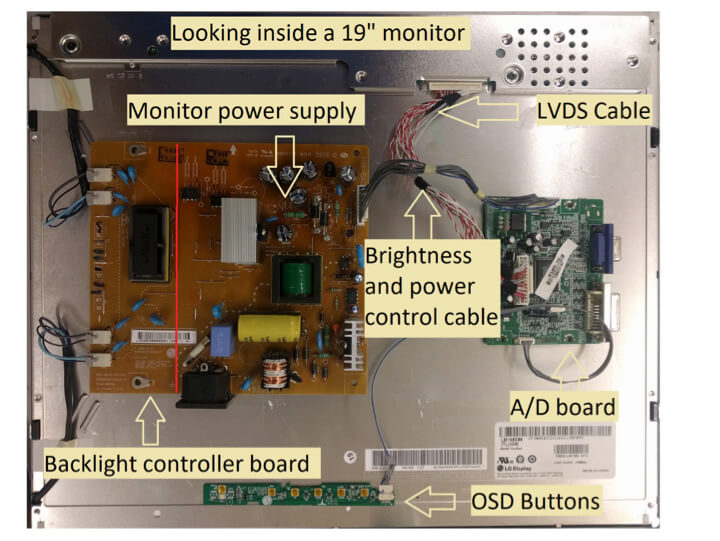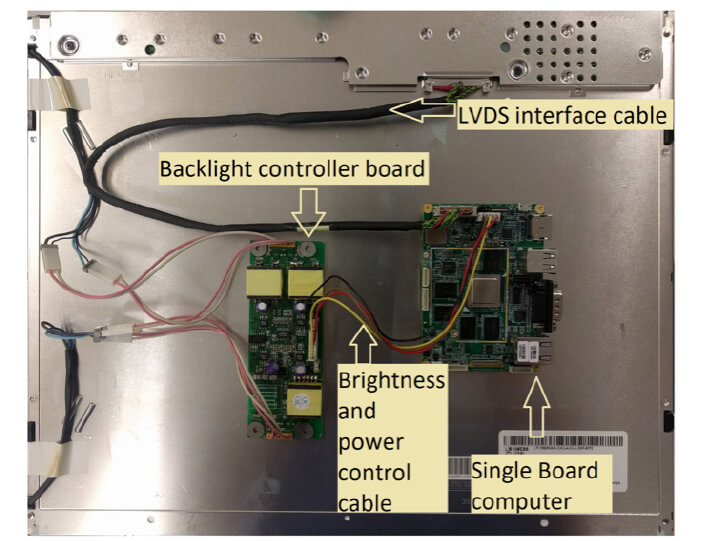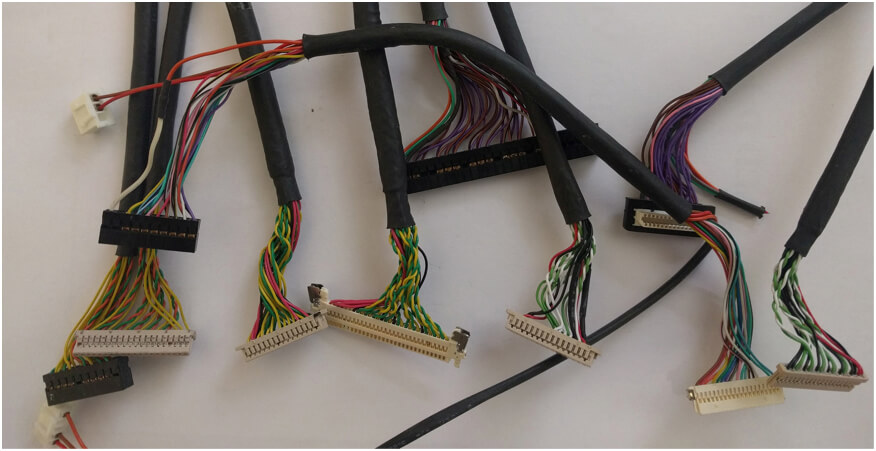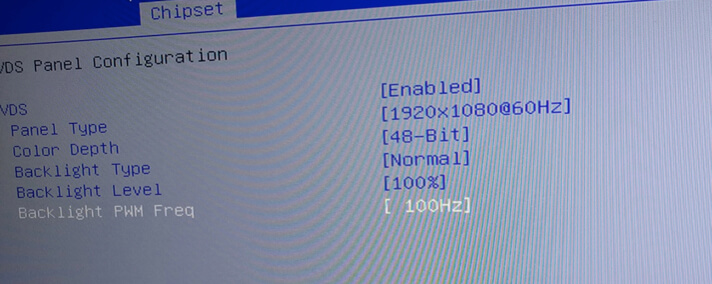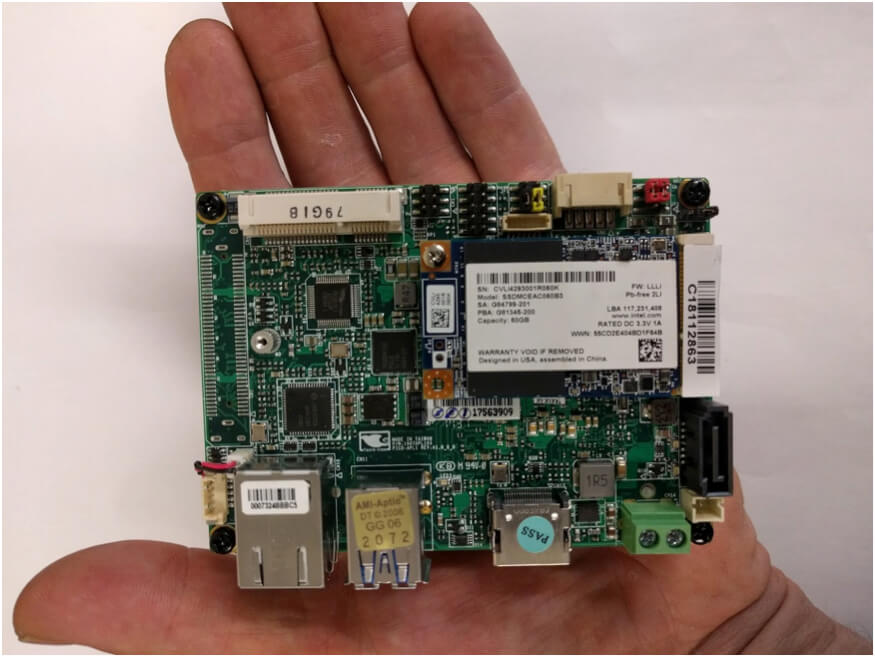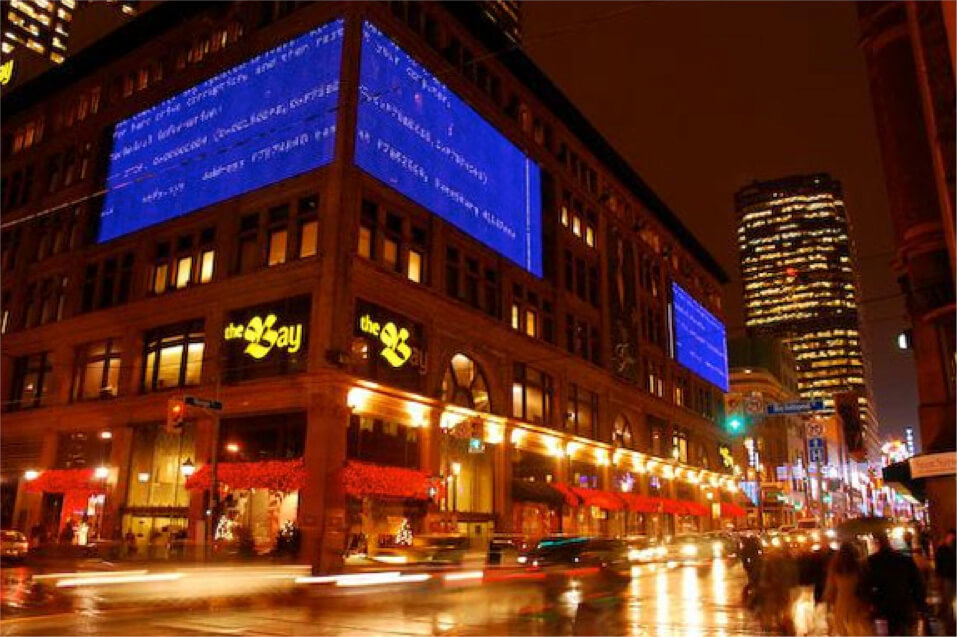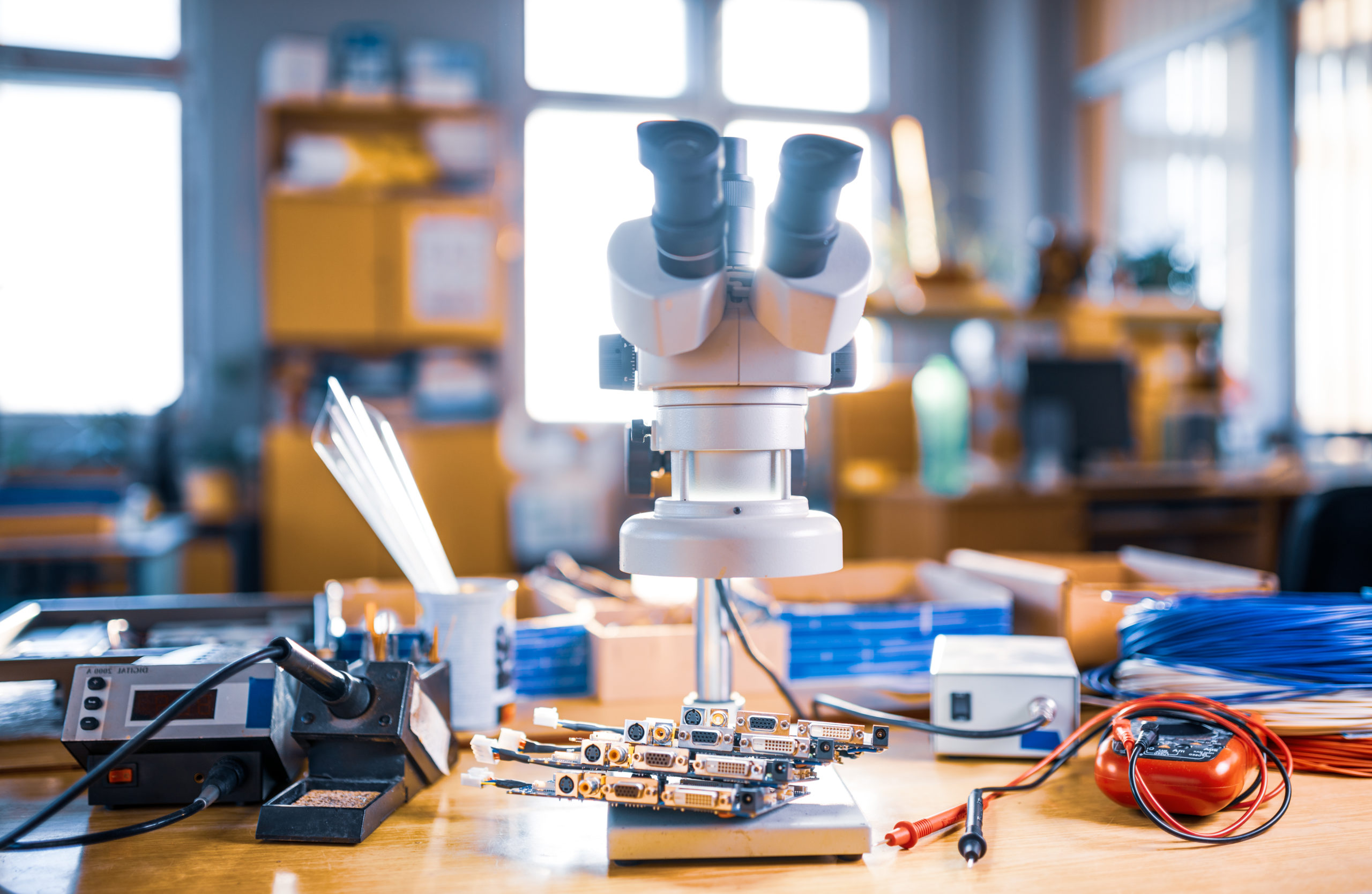
At Embedded Technologies, we are committed to providing cutting-edge solutions that meet the rigorous demands of modern industry. The BOXER-6641 Fanless Embedded Box PC, is a system that sets a new standard for performance, reliability, and versatility in industrial computing.
Unmatched Performance with 8th Generation Intel® Processors
This advanced system is powered by 8th Generation Intel® Processors, offering robust performance capable of handling the most demanding applications. With support for up to 64GB of DDR4 2666 MHz SO-DIMM memory, this system ensures smooth and efficient operation across a range of industrial tasks. Whether you are dealing with complex data processing or intensive machine control, the BOXER-6641 delivers the power you need.
Rugged Design for Harsh Environments
Designed to operate reliably in the toughest industrial settings, the BOXER-6641 features a fanless, all-metal chassis that protects against dust and debris. It boasts a wide voltage input range of 10V to 35V and can operate in temperatures from -20°C to 55°C (-20°C to 45°C with a 71W processor). This rugged design ensures that the BOXER-6641 remains dependable in environments where other systems might fail.
Easy Maintenance and Upgradability
One of the standout features of the BOXER-6641 is its user-friendly design. Maintenance and upgrades are simplified, with the top heatsink removable via six screws to access the CPU, and the bottom panel allowing easy access to memory and storage devices. This design minimizes downtime, keeping your operations running smoothly.
Comprehensive Connectivity Options
The BOXER-6641 comes equipped with extensive connectivity options to support diverse industrial applications:
Video Output: 2 x HDMI ports for high-definition display.
LAN Ports: 3 x Intel® I211 GbE and 1 x Intel® I219 GbE for robust network connectivity.
Rear I/O: 6 x RS232/422/485, 1 x HDMI, 1 x 3-pin DC in terminal block.
Front I/O: 1 x HDMI, 1 x Mic-in, 1 x Line-out, 4 x LAN, 2 x Antenna Holes, 1 x Remote Power Switch, and multiple USB ports (A1: 4 x USB 3.2 Gen 1, 4 x USB 2.0; A2: 8 x USB 3.2).
These features ensure that the BOXER-6641 can seamlessly integrate into various industrial systems, providing reliable and versatile connectivity.
Flexible Storage and Expansion
The BOXER-6641 supports 2.5″ SATA SSD/HDD storage, with an optional second bay available. Expansion is facilitated through 1 x Full-Size Mini-PCIe, 1 x Full-Size Mini Card (PCIe/mSATA), and 1 x SIM slot, allowing for extensive customization to meet specific industrial needs.
High-Quality Audio and Broad Software Support
Featuring Realtek HD Audio, the BOXER-6641 delivers high-quality sound output, and it supports Windows 10 64-bit, ensuring compatibility with a wide range of industrial applications.
Applications in Industrial Environments
Manufacturing and Automation
In manufacturing, this fanless embedded box PC excels in monitoring and controlling machinery, ensuring efficient and reliable production processes. Its robust design and extensive connectivity make it ideal for automation tasks, where consistent performance and durability are crucial.
Smart Cities and Environmental Monitoring
For smart city applications, the system supports a range of sensors and devices, enabling real-time data collection and analysis for traffic management, environmental monitoring, and public safety. Its ability to operate in diverse conditions makes it a versatile solution for urban infrastructure projects.
Retail and Digital Signage
In the retail sector, this embedded box PC powers digital signage, interactive kiosks, and point-of-sale systems, enhancing customer engagement and operational efficiency. Its reliable performance and connectivity options ensure seamless integration into retail environments.
Selecting the right embedded solutions
Future-proofing your projects starts with making informed decisions about the embedded solutions you choose. Here are some key considerations:
- Compatibility: Ensure that your embedded systems are compatible with industry standards and protocols to facilitate integration with existing infrastructure.
- Scalability: Look for embedded computers that can grow with your project’s needs, allowing for hardware and software upgrades as necessary.
- Longevity: Consider the product lifecycle of embedded solutions. Opt for vendors that offer long-term support and availability to prevent obsolescence.
- Customization: Seek out embedded systems that can be customized to meet your specific project requirements, ensuring they remain adaptable as your needs change.
Get to know some embedded computers
Unlock the Full Story: Download Our Free Ebook
If you’ve found this exploration of embedded computing intriguing, you’ll want to dive even deeper into the world of modern embedded computers. Our free ebook, “Unlocking Innovation: A Guide to Modern Embedded Computers,” is your comprehensive guide to understanding the technology, its applications, and the emerging trends that are shaping the future.
Inside the ebook, you’ll find detailed insights, real-world case studies, and expert perspectives that will expand your knowledge of embedded computing. Don’t miss out on the opportunity to unlock innovation in your projects.
Want to have a conversation about your business’s embedded computing needs?
Get in touch with us!
